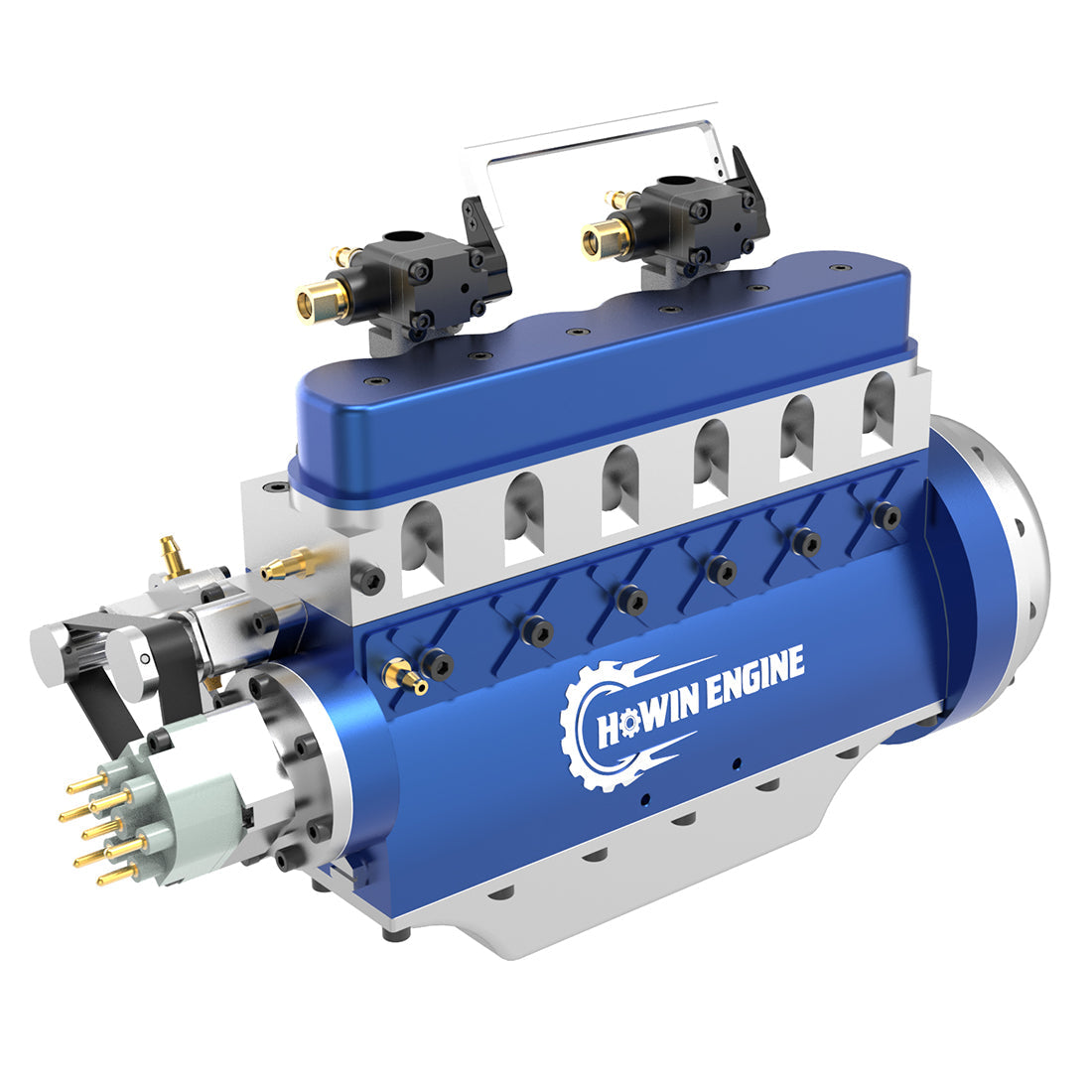Collection: Hit and Miss Engine
A hit-and-miss engine is a type of internal combustion engine that was commonly used in the late 19th and early 20th centuries, especially in rural areas. These engines were primarily used to power small farm equipment, such as water pumps, generators, and grain mills.
The term "hit-and-miss" comes from the engine's unique operating cycle. Unlike modern engines that run continuously at a constant speed, hit-and-miss engines only fire (hit) when necessary to maintain a certain speed or load. Once the engine reaches a preset speed, a governor mechanism disengages the ignition system, causing the engine to coast until the speed drops below a set threshold, at which point the engine fires again (misses). This intermittent firing cycle gives the engine its characteristic sound.
These engines are known for their large flywheels, which help regulate speed during the coasting phase, and their simple mechanical design. They typically run on gasoline or kerosene and are usually single-cylinder, though multi-cylinder models also exist.
While hit-and-miss engines have been largely replaced by more efficient and versatile internal combustion engines, they remain beloved by collectors and hobbyists for their historical importance and nostalgic charm.
For more information, feel free to contact us at support@diyengmod.com.
Visit our website at www.diyengmod.com for more details!















